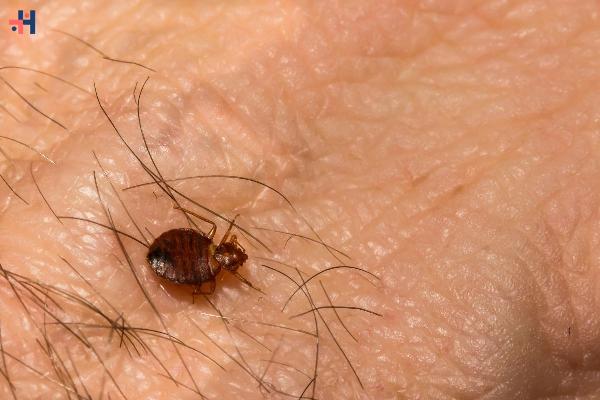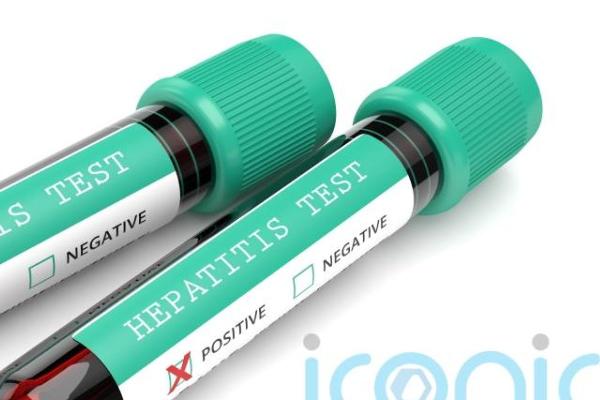Bed Bug Bites Symptoms: Identification, Treatment, and Prevention

Bed Bug Bites Symptoms: Identification, Treatment, and Prevention
Bed Bug Bites Symptoms: Identification, Treatment | Healthcare 360 Magazine
Bed bugs are tiny, elusive pests that can wreak havoc on your comfort and health. bed bug bites symptoms can cause significant discomfort and, in some cases, lead to more severe reactions. This comprehensive guide will delve into bed bug bite symptoms, offering insights on identification, treatment, and prevention.
What Are Bed Bugs Symptoms?
Bed bugs are small, flat, reddish-brown insects that feed on the blood of humans and animals. They are nocturnal and tend to hide in cracks and crevices during the day. Common hiding spots include mattresses, box springs, bed frames, and headboards. Bed bugs are known for their resilience and ability to go without feeding for several months.
How to Identify Bed Bug Bites Symptoms
1. Appearance of Bites
Bed bug bites often appear as small, red, and itchy bumps on the skin. They can sometimes be mistaken for mosquito or flea bites, but there are distinct characteristics that set them apart:
Clusters or Lines: Bed bug bites typically appear in clusters or lines. This is because bed bugs tend to bite multiple times while feeding.
Redness and Swelling: The bites usually cause a red, swollen area with a darker red spot in the middle.
Itching and Discomfort: Bed bug bites can be extremely itchy, leading to discomfort and, in some cases, secondary infections from scratching.
2. Common Locations of Bites
Bed Bug Bites Symptoms: Identification, Treatment | Healthcare 360 Magazine
Bed bug bites can occur on any part of the body, but they are most commonly found on areas exposed during sleep:
Arms and Shoulders: These are common bite areas, especially if you sleep with your arms outside the covers.
Legs and Feet: Bed bugs can easily access these areas if you leave your feet uncovered.
Neck and Face: These areas are often bitten, as they are usually exposed during sleep.
3. Delayed Reaction
Unlike some insect bites, bed bug bites may not cause an immediate reaction. In some cases, symptoms can appear hours or even days after the initial bite. This delayed reaction can make it difficult to identify the source of the bites.
Bed Bug Bites Symptoms
1. Itching and Redness
The most common symptoms of bed bug bites are itching and redness. The itching can be intense and persistent, often leading to discomfort and difficulty sleeping.
2. Swelling
Bed bug bites can cause localized swelling around the bite area. The swelling is usually mild but can be more severe in individuals with sensitive skin or allergies.
3. Blistering
In some cases, bed bug bites can lead to the formation of small blisters. These blisters can be painful and may burst, leading to secondary infections if not properly cared for.
4. Allergic Reactions
Although rare, some individuals may experience allergic reactions to bed bug bites. Symptoms of an allergic reaction can include:
Severe Swelling: Extensive swelling around the bite area, sometimes spreading to other parts of the body.
Difficulty Breathing: In extreme cases, bed bug bites can cause anaphylaxis, a severe allergic reaction that requires immediate medical attention.
Hives: Raised, itchy welts that can appear anywhere on the body.
Diagnosing Bed Bug Bites Symptoms
1. Visual Inspection
One of the first steps in diagnosing bed bug bites is conducting a visual inspection of your sleeping area. Look for signs of bed bugs, such as:
Dark Spots: These are bed bug excrement and can be found on sheets, mattresses, and walls.
Shed Skins: Bed bugs molt several times during their lifecycle, leaving behind shed skins.
Blood Stains: Small blood stains on your sheets or pillowcases can indicate bed bug bites.
2. Medical Consultation
If you suspect bed bug bites but are unsure, consulting a medical professional can help. A doctor can examine the bites and may recommend specific treatments to alleviate symptoms.
3. Pest Control Expert
Bed Bug Bites Symptoms: Identification, Treatment | Healthcare 360 Magazine
For a definitive diagnosis, consider contacting a pest control expert. They can conduct a thorough inspection of your home and confirm the presence of bed bugs.
Treatment for Bed Bug Bites Symptoms
1. Over-the-Counter Remedies
Several over-the-counter remedies can help alleviate the symptoms of bed bug bites:
Antihistamines: These can reduce itching and swelling.
Topical Corticosteroids: Creams containing corticosteroids can reduce inflammation and itching.
Pain Relievers: Over-the-counter pain relievers like ibuprofen or acetaminophen can help manage pain and discomfort.
2. Home Remedies
In addition to over-the-counter treatments, several home remedies can provide relief:
Ice Packs: Applying ice packs to the affected area can reduce swelling and numb the itching.
Aloe Vera: Aloe vera gel can soothe the skin and promote healing.
Baking Soda Paste: Mixing baking soda with water to create a paste and applying it to the bites can reduce itching.
3. Medical Treatment
If you experience severe reactions or secondary infections, seek medical treatment. A doctor may prescribe stronger antihistamines, corticosteroids, or antibiotics if necessary.
Preventing Bed Bug Bites Symptoms
Bed Bug Bites Symptoms: Identification, Treatment | Healthcare 360 Magazine
1. Inspecting Sleeping Areas
When traveling or moving into a new home, always inspect sleeping areas for signs of bed bugs. Pay close attention to mattresses, box springs, and headboards.
2. Protective Covers
Using mattress and box spring encasements can prevent bed bugs from infesting these areas. Look for covers that are specifically designed to keep bed bugs out.
3. Regular Cleaning
Regularly cleaning and vacuuming your home can help prevent bed bug infestations. Focus on areas where bed bugs are likely to hide, such as cracks, crevices, and upholstered furniture.
4. Reducing Clutter
Reducing clutter in your home can minimize hiding spots for bed bugs. Keep your living space tidy and organized to make it easier to spot and eliminate bed bugs.
5. Pest Control
If you suspect a bed bug infestation, contact a professional pest control service. They can effectively eliminate bed bugs and prevent future infestations.
6. Travel Precautions
When traveling, take precautions to avoid bringing bed bugs home with you:
Inspect Hotel Rooms: Check for signs of bed bugs before unpacking.
Keep Luggage Off the Floor: Use luggage racks to keep your bags off the floor and away from potential bed bug hiding spots.
Wash Clothes: Wash and dry your clothes on high heat after returning home from a trip.
Conclusion
Bed bug bites symptoms can cause significant discomfort and, in some cases, lead to more severe reactions. Understanding the symptoms of bed bug bites, along with effective treatment and prevention methods, is crucial in managing and preventing infestations. By staying vigilant and taking proactive measures, you can protect yourself and your home from these persistent pests.
Remember, if you suspect a bed bug infestation or are experiencing severe reactions to bites, seek professional assistance. Bed bugs are notoriously difficult to eliminate, and professional pest control services can provide the expertise needed to effectively address the problem.
By following the advice outlined in this guide, you can minimize the risk of bed bug bites and maintain a comfortable, pest-free living environment.
Find practical solutions to common challenges through our insightful articles on Healthcare 360 Magazine
Note: IndiBlogHub features both user-submitted and editorial content. We do not verify third-party contributions. Read our Disclaimer and Privacy Policyfor details.







